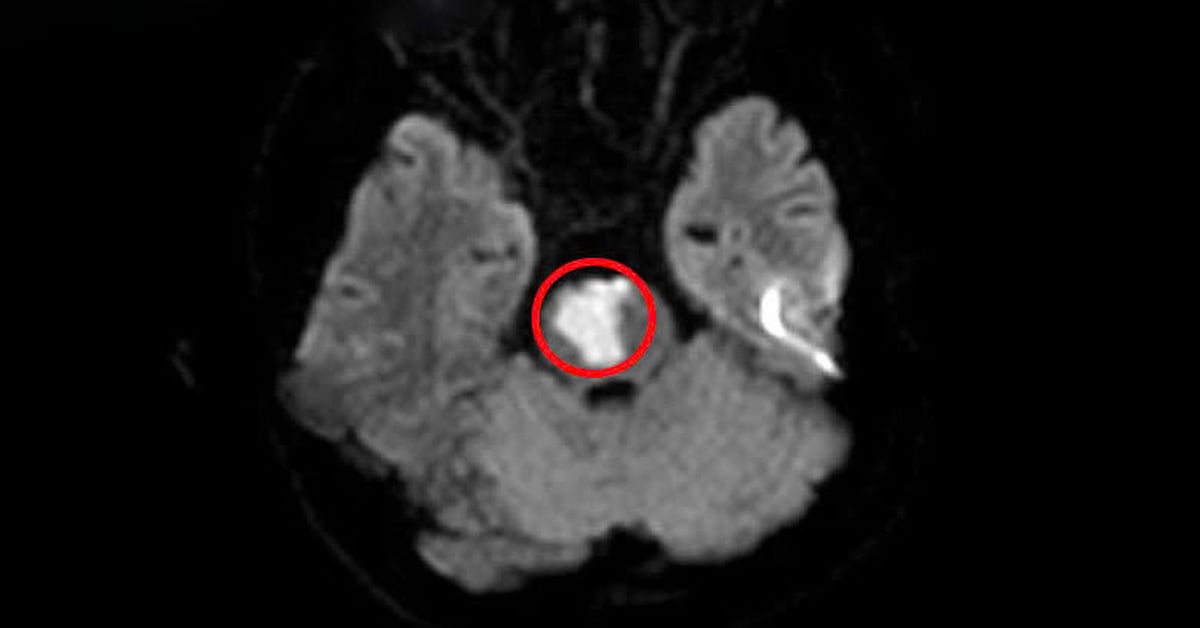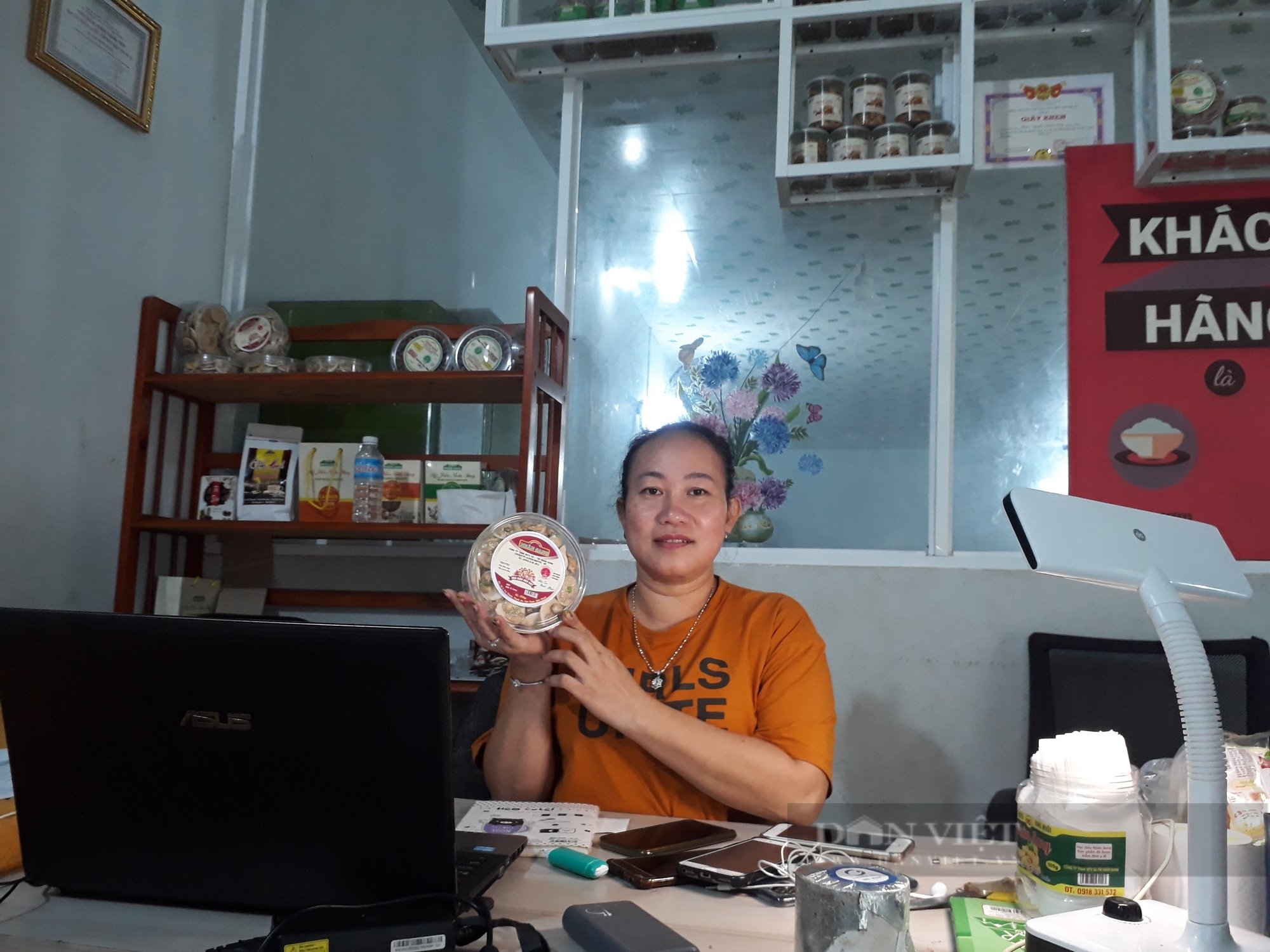The World Organization for Animal Health (WOAH) confirmed a case of flesh-eating fly parasite infection in cattle on a cattle farm in Mexico but did not provide further details.
The World Organization for Animal Health (WOAH) announced on February 18 that it had received a report from Mexico about the discovery of another case of infection with the “twisted maggot” parasite - the larvae of the carnivorous gray fly Cochliomyia hominivorax - at a cattle farm in the southern state of Tabasco.
WOAH confirmed a case of flesh-eating fly parasite infection in cattle in Mexico but did not provide further details.
Statistics show that each year, Mexico exports more than one million calves and cows to the United States, mainly from states bordering its northern neighbor.
The announcement comes just two weeks after Mexico announced it would resume cattle exports to the United States under an agreement reached between the two governments on February 3. Since February 6, the northwestern Mexican state of Chihuahua has been exporting 500 cows a day to the neighboring country by land.
Prior to importation to the United States, the livestock were treated against parasites and inspected by the Mexican National Agency for Food Safety and Quality (Senasica) and the U.S. Animal and Plant Health Inspection Service (APHIS) and approved for export to the United States.
In November 2024, the US decided to temporarily suspend the import of the above item from Mexico after discovering a case of a cow on a livestock farm in the southern state of Chiapas, near the border with Guatemala, infected with parasites from flesh flies.
It is estimated that the US decision to temporarily suspend imports over the past three months has caused Mexican cattle farmers to lose $312 million.
The states of Sonora, Chihuahua, Durango and Coahuila are among the regions in Mexico hardest hit by this lockdown.
Cochliomyia hominivorax is a species of fly in the family Calliphoridae that is native to the Americas. The larvae of this fly are twisted and screw-shaped and usually enter the host through an open wound, the umbilical cord of a newborn host, or the ear. It is a parasitic fly, in which the larvae feed on the living tissue of warm-blooded animals, including humans.
This parasitic infection can be difficult to detect, but is characterized by a growing wound and creamy-looking larvae.
Source: https://nhandan.vn/giam-tang-nac-trung-gian-bo-may-cong-an-3-cap-tinh-gon-manh-phuc-vu-nhan-dan-tot-hon-post860561.html
































Comment (0)